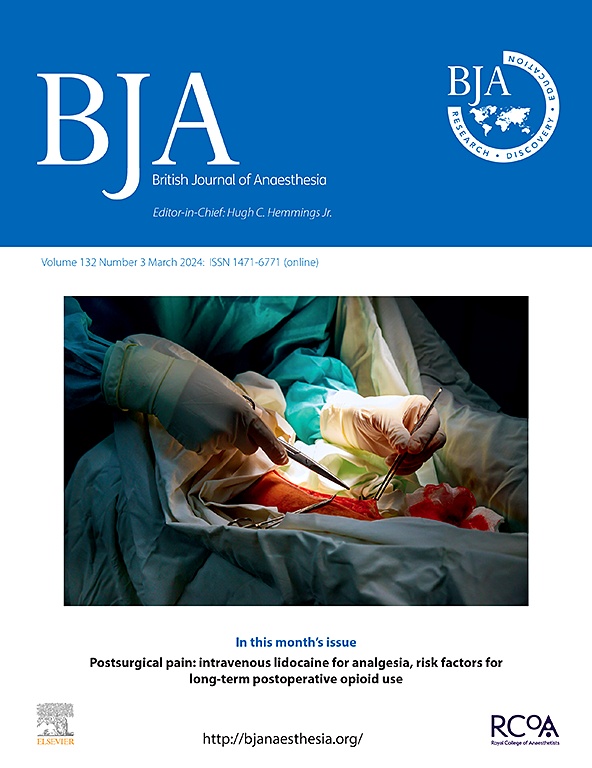
Impact of spinal vs general anaesthesia on perioperative obstructive sleep apnoea severity post TKA

Impact of spinal vs general anaesthesia on perioperative obstructive sleep apnoea severity post TKA
Impact of spinal versus general anaesthesia on perioperative obstructive sleep apnoea severity in patients undergoing hip arthroplasty: a post hoc analysis of two randomised controlled trials.
Br J Anaesth . 2024 Aug;133(2):416-423.Did you know you're eligible to earn 0.5 CME credits for reading this report? Click Here
Synopsis
Ninety-six patients with obstructive sleep apnea undergoing hip arthroplasty were randomized to receive spinal anesthesia (n=47) or general anesthesia (n=49). The primary outcomes were the supine apnea-hypopnea index (AHI) on the first postoperative night and the evolution of supine AHI up to the third postoperative night. Secondary outcomes included the oxygen desaturation index and global AHI on...
To view the full content, login to your account,
or start your 30-day FREE Trial today.
FREE TRIAL
LOGIN
Forgot Password?
Explore some of our unlocked ACE Reports below!

Learn about our AI Driven
High Impact Search Feature
Our AI driven High Impact metric calculates the impact an article will have by considering both the publishing journal and the content of the article itself. Built using the latest advances in natural language processing, OE High Impact predicts an article’s future number of citations better than impact factor alone.
Continue



 LOGIN
LOGIN

Join the Conversation
Please Login or Join to leave comments.